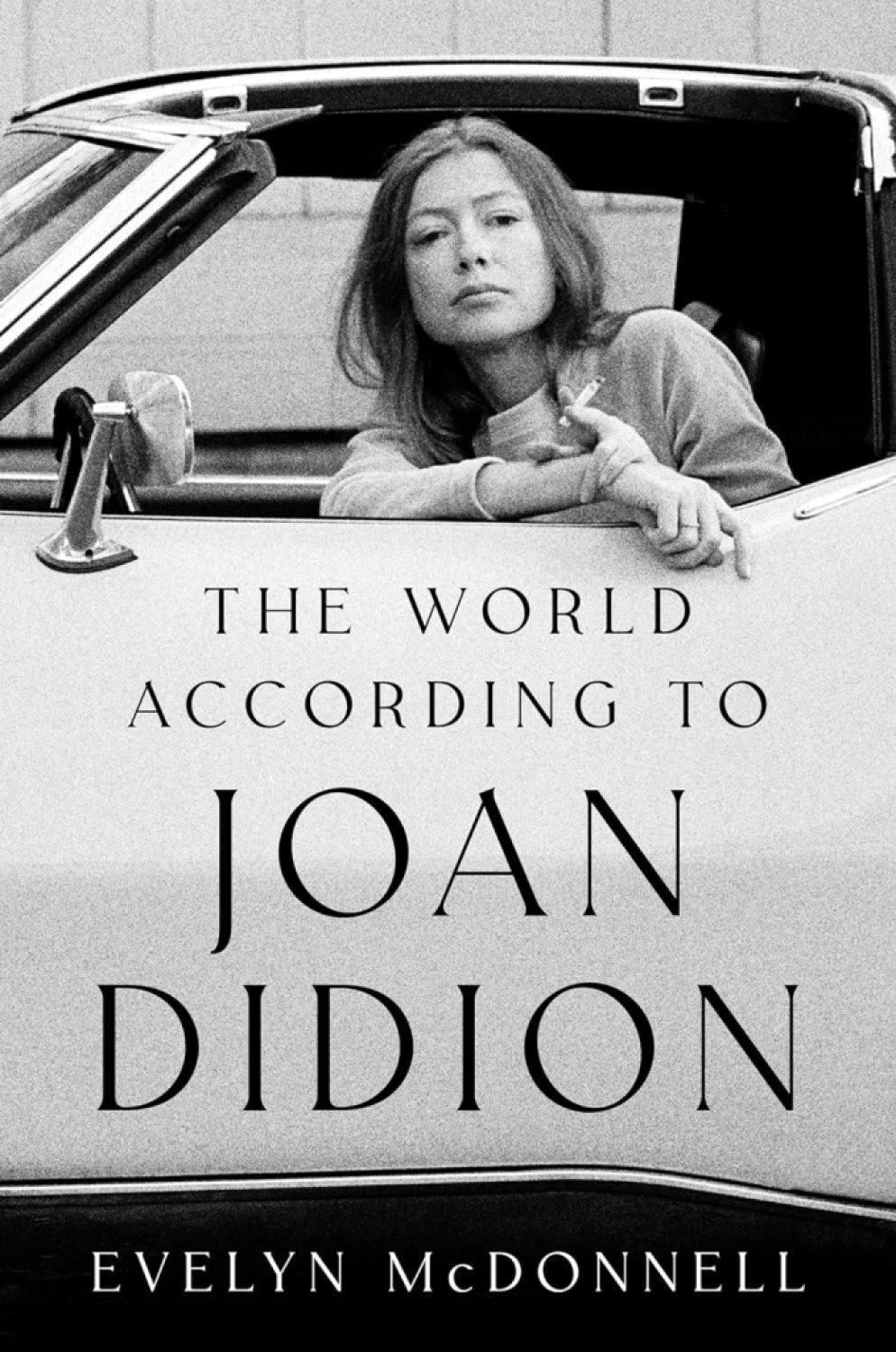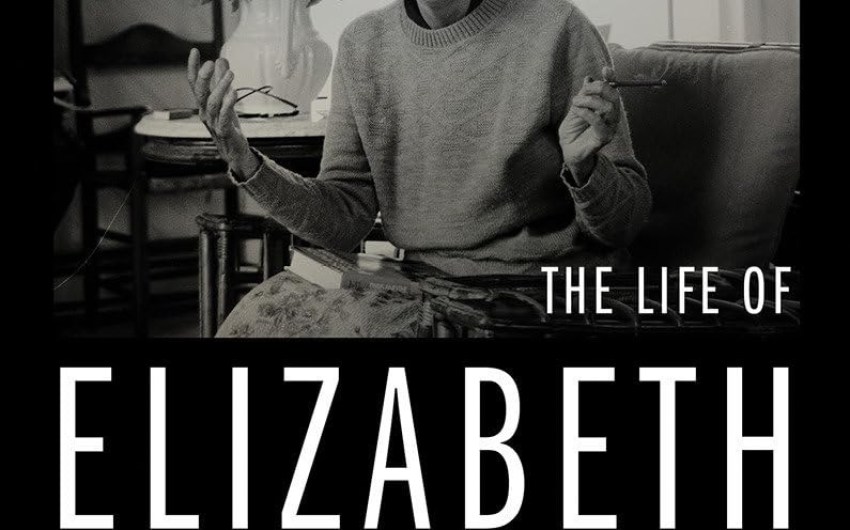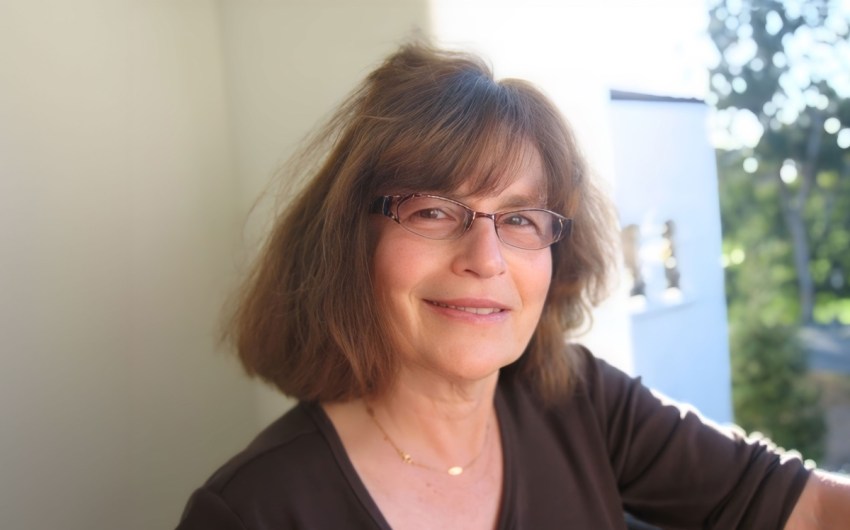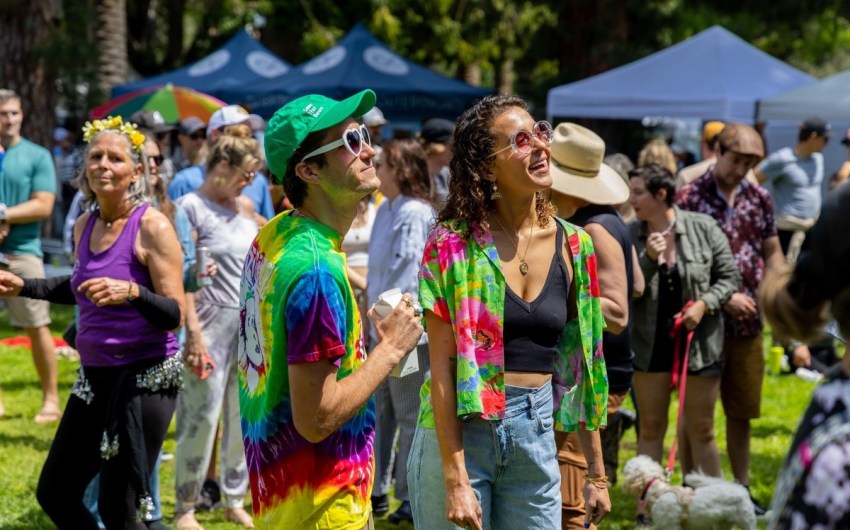Review | ‘The World According to Joan Didion’ by Evelyn McDonnell
The Editor of ‘Women Who Rock’ Takes On a Woman Who Wrote

You know you’re in great authorial hands when, on page two of this book, Evelyn McDonnell insists about her subject Joan Didion, “Narrative was her expertise and her enemy.” Not just a great insight, that line connects the dots between these two powerful women. McDonnell skillfully offers all the lessons she’s learned from years of reading, considering, and teaching (currently journalism at Loyola Marymount University) Didion. So both can wield a rapier thrust of a declarative, quick last sentence of a paragraph. For as McDonnell closes one graph, “For Didion, words were earned, not spent.” Indeed.
McDonnell, editor of Women Who Rock: Bessie to Beyoncé, Girl Groups to Riot Grrrl, is not attempting a biography with The World According to Joan Didion, or even a literary biography, but something more attuned to her fascinating subject. It’s an examination of where Didion met the world on the page, read through a series of Didion totems that function as chapter titles, such as “Gold,” “Notebook,” “Stingray,” “Jogger,” “Morgue,” “Orchid.” For what better way to honor Didion than with a collection of essays?
That’s not to say McDonnell doesn’t chart Didion’s growth as a writer and thinker. She does outline the three major segments of Didion’s writing career — her early fame while weaving her own often tenuous life with the tumult of the 1960s and ’70s (Slouching Towards Bethlehem, The White Album), her move toward scrutinizing the global and political (from Salvador to “Sentimental Journeys,” where she dissected the Central Park Jogger case years before the convictions were overturned), to her final years as a clear-eyed keener of grief, “a professional widow in a sense” (The Year of Magical Thinking, Blue Nights). Agreeing with scholar Kathleen M. Vandenberg, McDonnell argues that “far from reifying and representing the ruling class, as other critics have charged, Didion sounded some of the earliest warnings of the Trumpocalypse to come.” But McDonnell even lets The Donald off the hook here, given in 1989 he took out ads in N.Y.C. newspapers calling for a reinstatement of the death penalty, clearly insinuating that’s what the since exonerated Black and Latino men originally convicted as the Central Park Five deserved. No surprise: Trump has never apologized.
McDonnell certainly doesn’t apologize for Didion’s sense of privilege, making clear she and her husband, John Gregory Dunne, ruled bi-coastally as the Kings of California and “THE New York literati.” (The book does offer a soupçon of celeb gawk and gossip here and there, what with Han Solo/young Harrison Ford as the couple’s Malibu handyman, say.) As she puts it, “#MeNot could have been Joan’s hashtag.”
But McDonnell also makes the case that Didion did much for women if not for movement feminism. She was, after all, one of only two female voices hailed in Tom Wolfe’s scene-codifying The New Journalism anthology in 1973. She regularly focused articles on women subjects, and all five of her novels are centered on female protagonists. Ultimately her authority rang out. McDonnell wisely quotes Zadie Smith on this topic: “There is much in Didion one might disagree with personally, politically, aesthetically. I will never love the Doors. But I remain grateful for the day I picked up Slouching Towards Bethlehem and realized that a woman could speak without hedging her bets, without hemming and hawing, without making nice, without poeticisms, without sounding pleasant or sweet, without deference, and even without doubt.”
McDonnell’s book attests to that authority from the earliest days of Didion’s writing, including her final exams at UC Berkeley. “Didion’s voice and style are already honed,” McDonnell notes of the Sacramento native. “She has superb control of the flow of words, like she is swimming in the American River.” One could read The World According to Joan Didion just to savor scintillating syntax, both Didion’s and McDonnell’s. McDonnell will not only find what she hails a perfect Didion sentence in a New York Times interview — “Well every day is all there is” — but also craft a thoughtful beauty of her own like this one, “Didion may have appreciated food like she did the ocean, or natural things in general: from a distance, with a certain degree of skepticism.”
For all McDonnell’s admiration of Didion, that skepticism of writerly gods doesn’t fail her in this book. As much as Didion had to reconsider all her familial myths of Californian Manifest Destiny, McDonnell has to continually probe and question. Her thoughts on Didion as mother to the sadly doomed Quintana Roo in particular are piercing and poignant. For McDonnell offers early in her book, “One of the things I most admire about Joan Didion is her ability to refuse satisfaction. To listen. To change. Where I Was From, not Where I Am From.”
Ultimately the book comes down to truth and beauty, “the north and south poles of art,” as McDonnell phrases it. Of Didion, she claims: “She was committed to the enjoyment of beauty as to the pursuit of truth.” The last chapter/essay is “Orchid,” a flower that drew Didion with its exotic beauty all her life. I couldn’t help but think of Rebecca Solnit’s Orwell’s Roses while finishing The World According to Joan Didion, and how these two exemplars of 20th-century nonfiction both uncovered so much of our world with their incisive words that they knew they had to bring us flowers so hope still had a chance to bloom.
This review originally appeared in the California Review of Books.














You must be logged in to post a comment.